The notion of breakfast in the USA has a very different interpretation to our breakfasts back home in Melbourne – the focus seems to be on getting a sugar overload before heading off into the start of a new day. Products such as ‘breakfast syrup’ were commonplace to pour over waffles and pancakes. On closer inspection, breakfast syrup is a combination of various sugars in a liquid, pourable form. Colourful Fruit Loops and Cheerios were categorised as breakfast cereals, but the first ingredient listed in both cases was a form of sugar. Chris made the mistake of not reading the fine print on the small milk capsule he poured into his coffee, only to find it was a sweetened, vanilla-flavoured milk product.
Memphis is a relatively small city and it wasn’t long before we were back in the Tennessee countryside. The distance from Memphis to Nashville wasn’t great and apart from a stop for fuel, we were at our destination by lunch time. A troublesome light on the dash was warning that our rear passenger tyre was losing air pressure, so Chris stopped to top up the tyre just as we neared Belmont University on our way to check out Belmont Mansion.
This antebellum mansion, now situated inside the grounds of the university, was originally built in the 1850-60s using the labour of both enslaved black people and white contractors. By the time it was complete, the Italian villa style mansion included 36 rooms and was the largest home built in Tennessee prior to the Civil War. The estate surrounding the mansion encompassed 177 acres including a water tower (still standing) to irrigate the gardens, a two-hundred-foot long greenhouse and conservatory, an art gallery, gazebos (still standing), a bowling alley, a bath house, and a zoo. It belonged to Adelicia Acklen, one of the richest women in the country who first used the house as her summer residence before returning south to another house in Louisiana, away from the winter snows. Her money had primarily been made by the first of her three husbands, a wealthy slave trader and cotton farmer. The mansion was, for a period of time during the American Civil War, used as a base for the Union Army Generals operating in the area. The estate was sold in the late 19th century and since 1890 has been used for educational functions – first as a girls’ academy, then as the first building of what became Belmont University. Today it is operated as a museum, and was listed on the national register of historic places in 1971. The building has been extensively furnished with the best of everything that was in vogue at the time. The walls were adorned with family portraits and works of art collected during Adelicia’s trips to Europe.

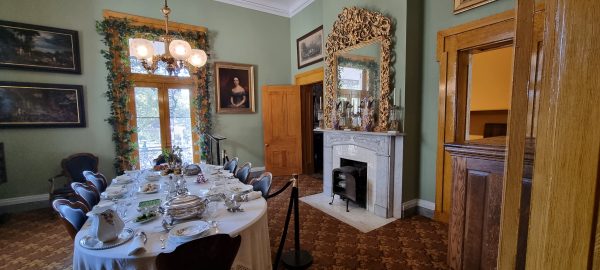
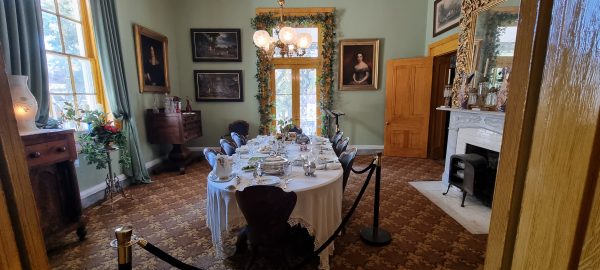
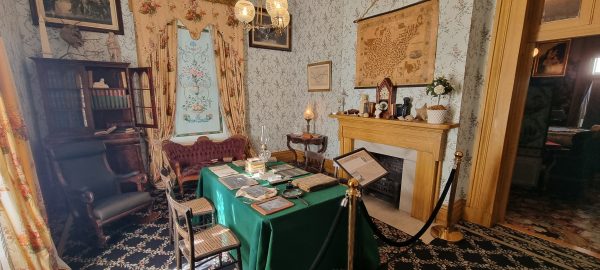
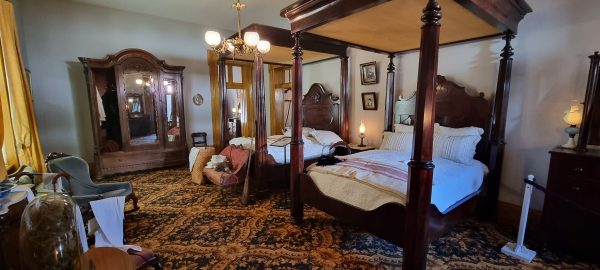
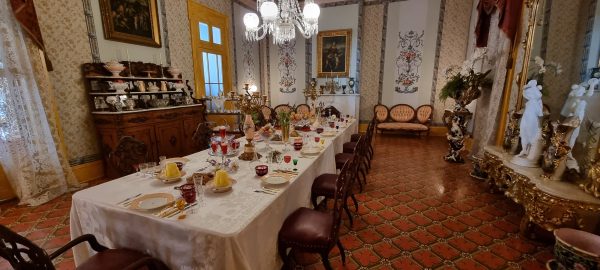

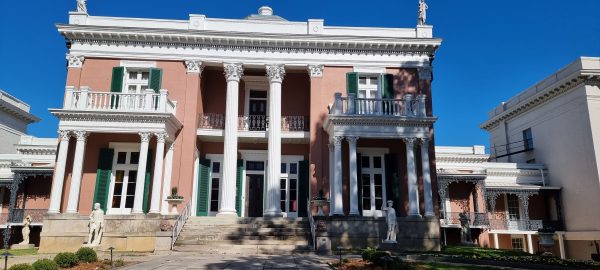
The troublesome tyre lost about 15psi while we were parked at the mansion and it become an issue that needed to be addressed before we hit the road to Chicago the next day. It was decided that we would make use of the roadside assist service included with the car rental agreement. A stop-off at Opryland Mills shopping mall filled the time between visiting Belmont Mansion and getting the tyre repaired.
Opryland Mills was a factory outlet disguised as a major shopping mall. Sarah had requested western style boots for herself, Ana and Leah – the mall was going to be the place to satisfy this request. After an exchange of a series of photos with Sarah to confirm boot styles, the choices were confirmed and boots purchased. We retreated to our hotel and made arrangements for roadside assist to come and change / fix the flat tyre. It wasn’t clear whether we would need to leave for the Grand Old Opry before roadside assist arrived. As a result, Wendy booked us on a shuttle bus that does the rounds of the local hotels to / from the Grand Old Opry music venue.
It turned out our experienced roadside assist operator arrived with enough time to not only remove the punctured tyre, but also to make repairs and return the tyre to our car. The shuttle bus arrived just prior to the tyre being fitted to the car. The anxious bus driver was unwilling to wait and left without us. We followed independently only minutes later – possibly arriving at the venue at around the same time.
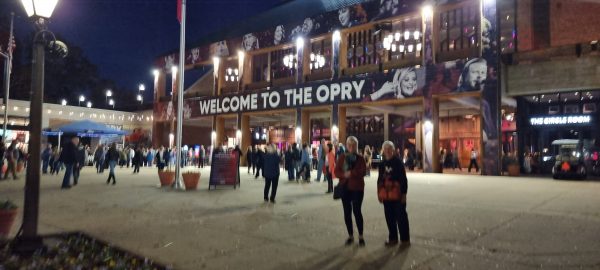
The Grand Ole Opry is a weekly live country music radio broadcast from Opry House in Nashville. It was founded in November 1925 as a one-hour radio “barn dance” and is the longest-running radio broadcast in U.S. history. Anyone who has made it in the country music scene has performed at the Grand Old Opry, and many return to perform in front of audiences that live for country music. Rhinestone, fringes, western boots and Stetson hats were all the fashion. The venue has a 4,300 seating capacity and it was like arriving at a major sporting venue. The bars and food outlets were doing a roaring trade as the crowd for the performance gathered in the forecourt.
The format of the entertainment tonight included 8 performers presenting 3 numbers each, with a mix of classical country, bluegrass, acoustic and contemporary country music being played. A large experienced house band backed many of the performers making for a big band sound. The enthusiastic crowd clapped their hands, stamped their feet and eventually got to their feet for the last two numbers. The whole show was broadcast live to the Grand Old Opry’s radio station and Facebook Channel, with regular reminders between acts of the show’s sponsors. Yvonne has an image of the person sitting next to her burnt into her memory – pink hat, pink hair, pink jewellery, sparkling pink pointy nails, a fringed pink shirt with rhinestones, short pink skirt, pink knee high boots and pink undies all adorning a woman way too old to carry it off.
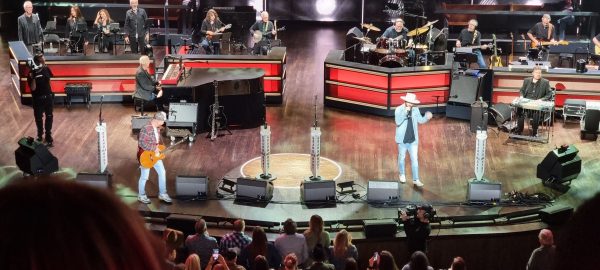


By 9:30pm the show had finished and we made our way through the departing crowds, found the rental car in the large carpark, and returned to our hotel for the night. The repaired tyre remained intact and we were all set for a good drive to Chicago the following day.
Distance travelled: 341 kms
